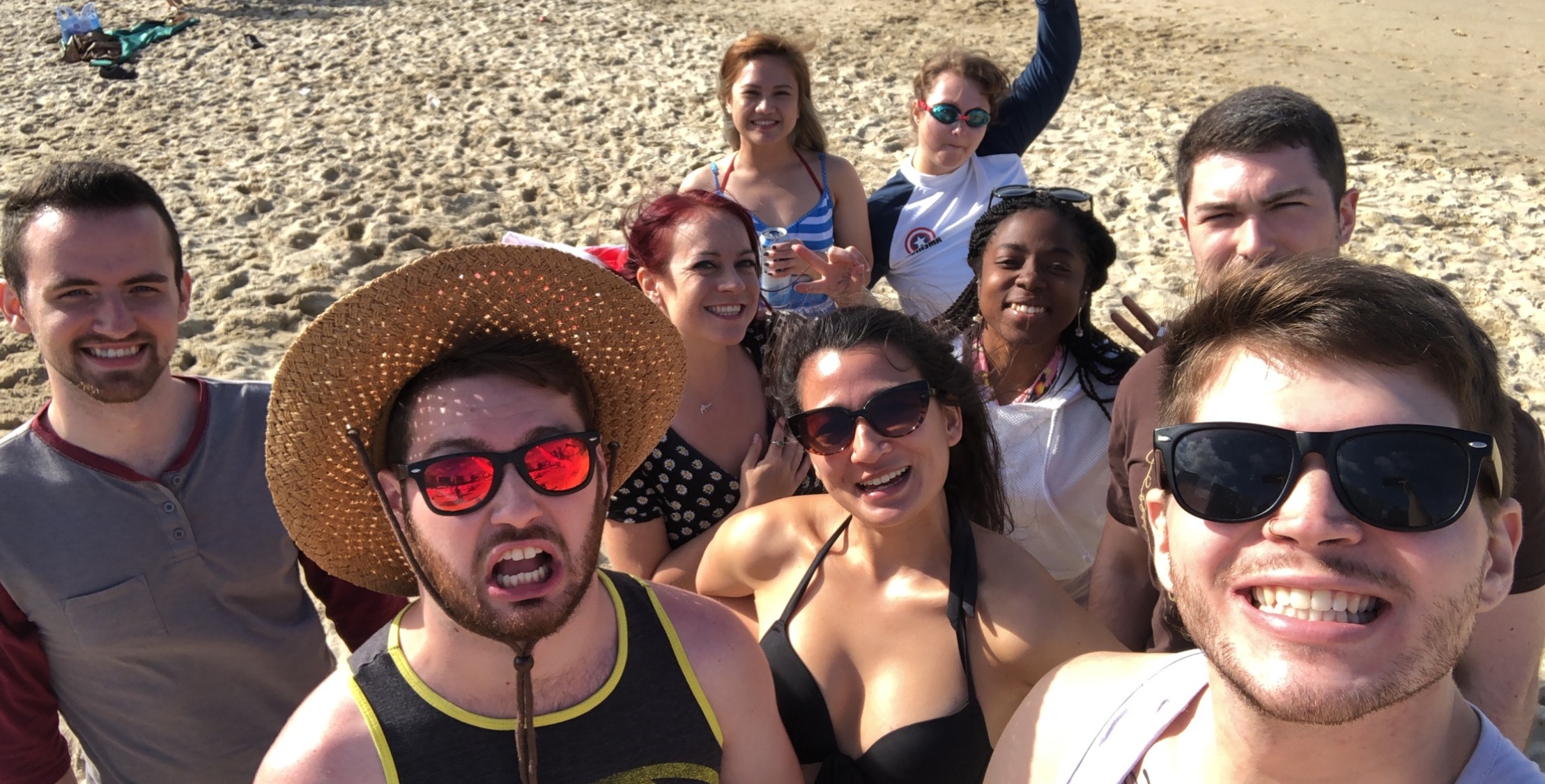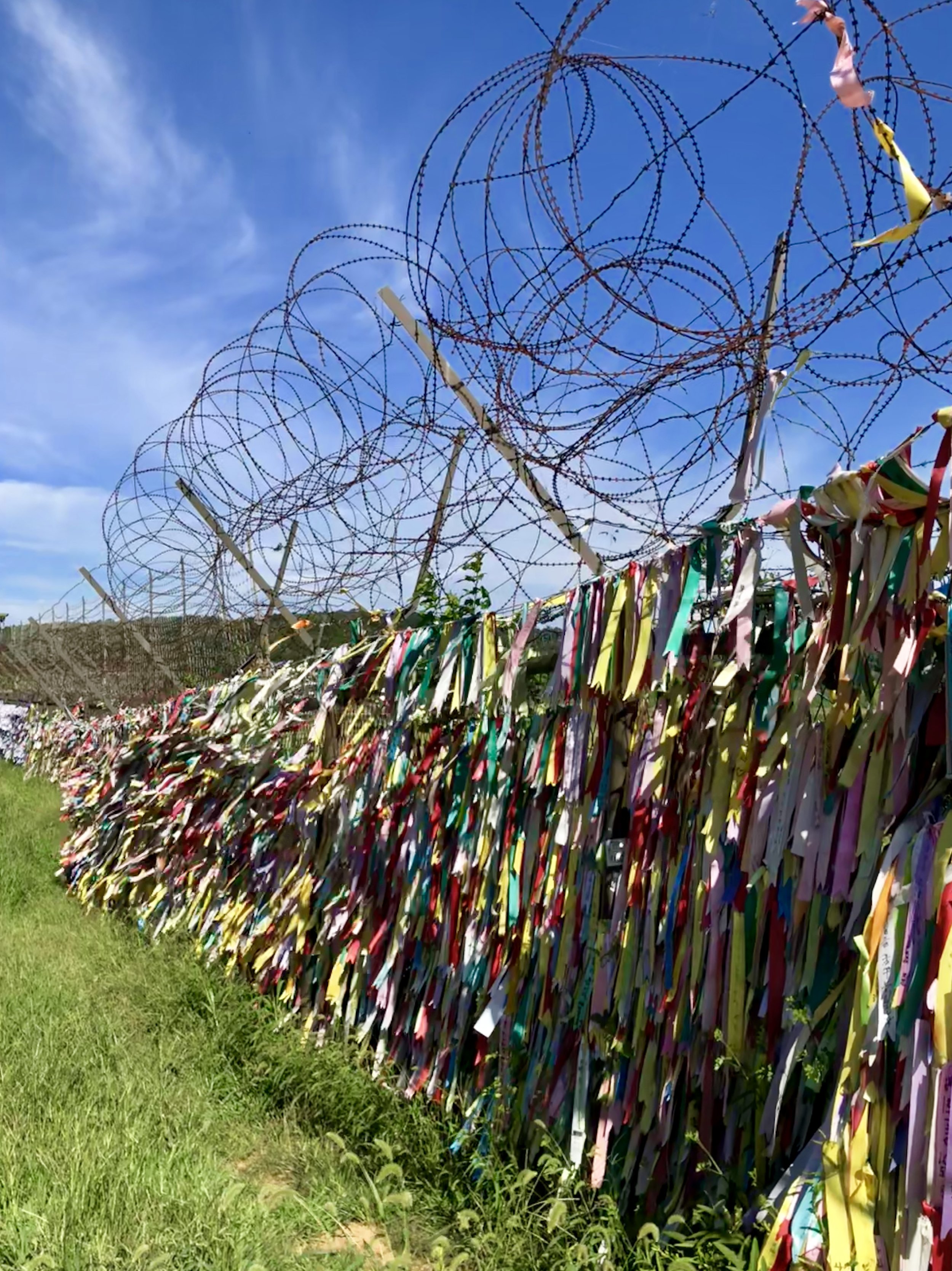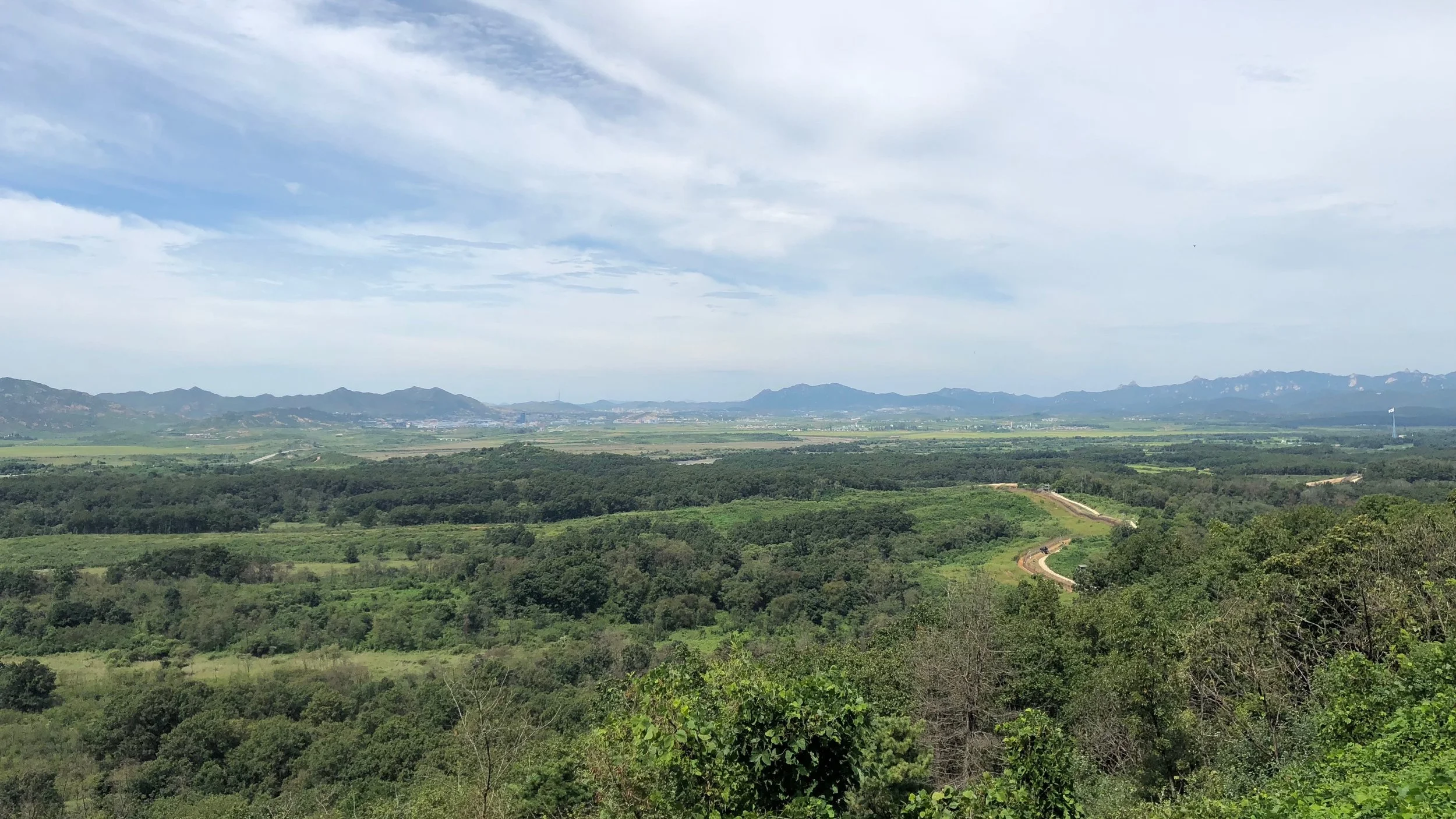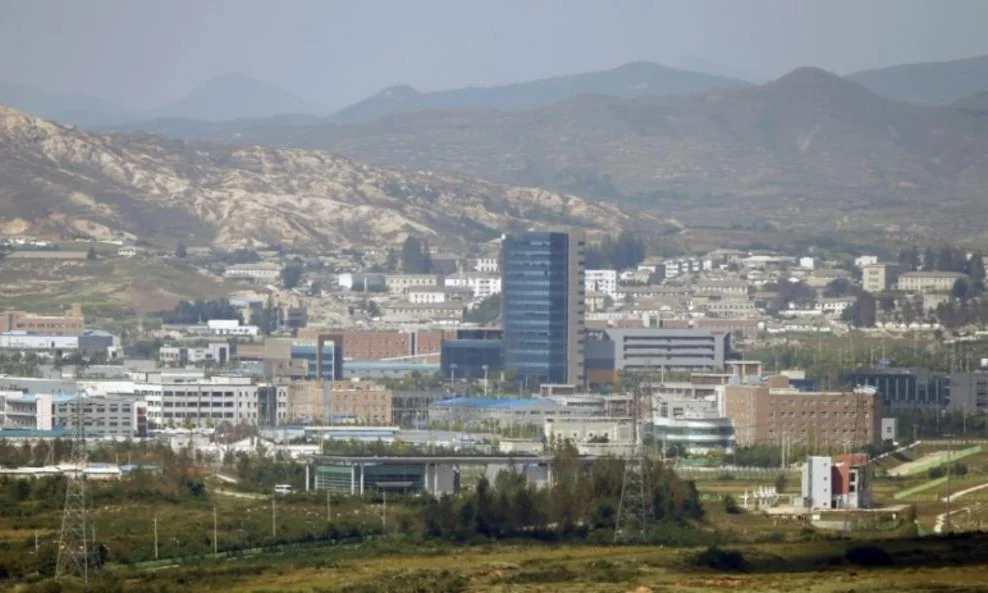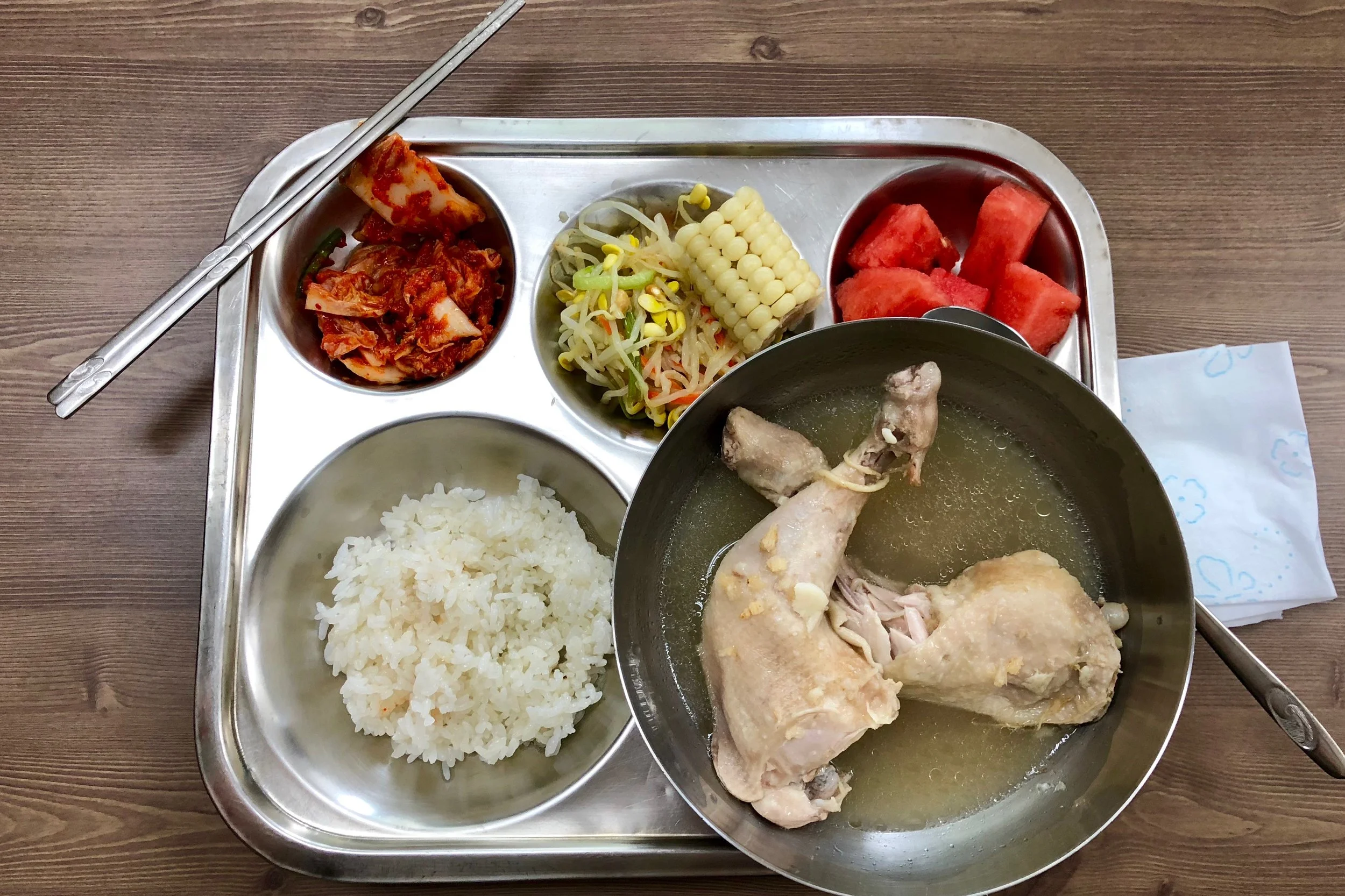Adventures in Korea
With only three weeks left, my time is Korea is officially coming to a close. I haven't had a Korea-related blog post since January, so it may seem like I've been up to a whole lot of nothing here in the land of K-Pop, but it's not true! After a long winter of hibernating, and several trips to Seoul, we did have a few chances to make it out and about in Korea.
Pyeongchang Winter Olympics (February 15)
Check out my day at the Winter Olympics in Pyeongchang below!
Gyeongju (April 20-22)
Sometimes referred to as the "museum without walls," Gyeongju was the capital of the ancient kingdom of Silla (57 BC – 935 AD), which, at its height, ruled roughly two-thirds of current-day North and South Korea for nearly one thousand years.
Today, Gyeongju is one of the most popular tourist destinations in Korea, with enough artifacts and tombs to be considered the cultural capital of the country. Most original structures have been destroyed, but their remnants remain on display in the National Museum of Gyeongju, along with the six discovered crowns of Silla. On our quick weekend trip, we visited this museum and explored many of the city's key points-of-interest via bike.
Busan (July 6-8)
On the southeast coast of Korea, not far from Gyeongju, is Korea's second-largest city, Busan. Busan is known for it's lifestyle contrast to Seoul, being more slowly paced and less clean cut. For my birthday weekend, I grabbed 10 of my closest friends and headed across the country via 230mph KTX train to Busan. (Don't mistake this story for the 2016 zombie film of the same name.) Our activities for the weekend included chowing down on some western cuisine, hanging out on the Korea-famous Haeundae Beach, visiting the oceanside Yonggungsa Buddhist Temple, and checking out some nightlife.
DMZ (September 2)
The Korean demilitarized zone, or DMZ, is a 2.5-mile-wide, 160-mile-long "buffer zone" between North and South Korea, which divides the Korean Peninsula roughly in half. While the DMZ itself is demilitarized, the North and South Korean borders on either side are heavily patrolled. The area of land between the two countries is often considered "no-man's land," as it is not officially a part of North or South Korea. Due to being uninhabited, the DMZ is an "involuntary" nature preserve and is home to approximately 2,900 plant species, 70 types of mammals and 320 kinds of birds.
I boarded a coach bus from Seoul early in the morning to check-out some of the key points-of-interest in the Paju area of the DMZ. First, we visited Imjingak, a park which houses statues and monuments dedicated to the Korean War.
A locomotive remnant of the Korean War
Next, we went to the Third Infiltration Tunnel. Discovered on October 17, 1978, following a tip from a North Korean defector, this tunnel is about 5,200-feet-long and about 25-stories below ground level. South Korea has discovered four tunnels, which were made by North Korea with intentions of infiltrating Seoul. They suspect that there are many other tunnels which have not been found.
Here, we strapped-on protective helmets, then descended a nearly 1,200-foot tunnel, which brought us to the infiltration tunnel. We then continued through the North Korean-built tunnel for nearly 800 feet, reaching the first of four walls erected by South Korea to block the North from invading. Having nowhere else to go, we turned around to head back. Our tour guide jokingly thanked the North Korean miners for their hard work, as South Korea is now making all of the money from its construction.
Inside the infiltration tunnel - image property of The Seoul Guide
We then visited the Dora Observatory, where you can see across the DMZ into North Korea. Here, we were able to see the North Korean flag flying in the distant North Korean village of Kijeondong, on the world's fourth-tallest flagpole. Also visible are various North Korean mountains and the Kaesong Industrial Region. Kaesong was used for joint work with South Korea until 2016, but is now completely vacant and unused due to increased tensions with the North.
Kaesong Industrial Region - image property of TODAYonline
Kijeondong village - image property of Sierra Aviation Photography
Finally, we visited Dorasan Station, which once connected the North and the South by train. While the tracks into the North still exist and are operable, the route beyond Dorasan Station is no longer used.
Just Korea Things (Samgyetang)
Korea recently exited what is called "chobok," or "the hot days" of summer. For nearly half of July and the entire month of August, Korea experienced a massive heatwave, where my heat index reached 106°F nearly every day, and Koreans repeatedly told me it is not normally "this hot." Luckily, that is over. One tradition that I found interesting during this time, however, is a dish called samgyetang, which is served at the very beginning of chobok. Samgyetang is essentially boiled chicken and veggies in broth. It doesn't seem appropriate, to me, to eat a hot dish at the beginning of the hottest days of summer, but I was told that they do so because they "fight heat with heat."






